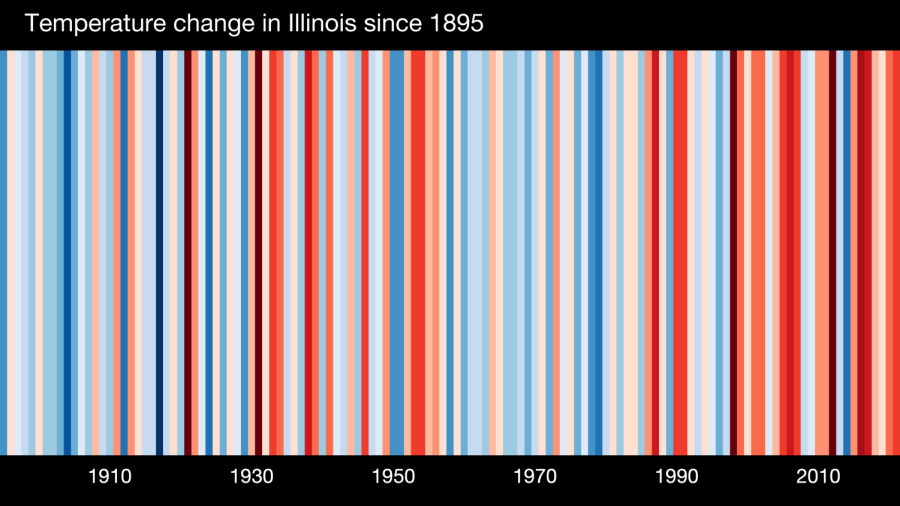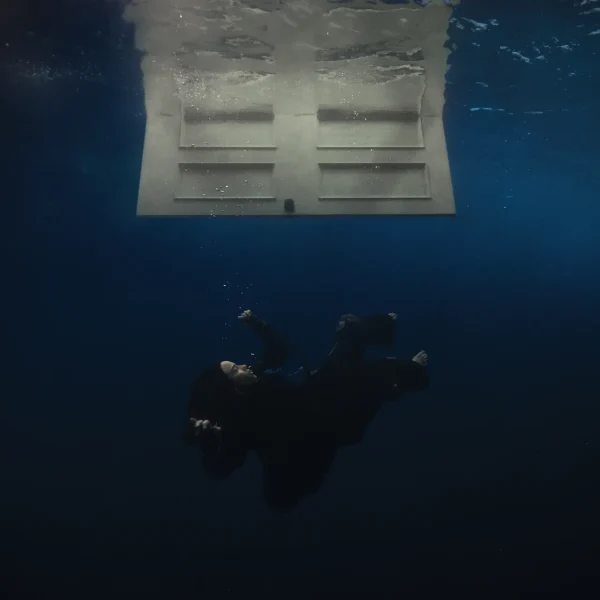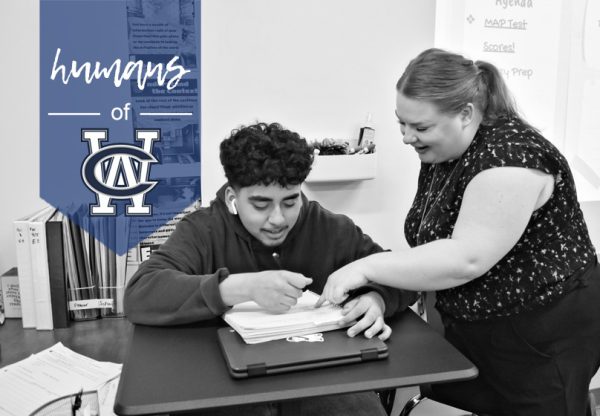Climate change, global warming: Earth’s greatest enemies
Show Your Stripes is a website that allows users to visualize the warming trends in their state, country or continent. Above are Illinois’ warming trends for the past several decades. (Royalty-free photo courtesy of ShowYourStripes.com/ Creative Commons)
February 4, 2023
Millions of people look online for their news. The headlines might include some sort of natural disaster in another country. Most readers just think, “Oh, how sad,” and go about their day. But those who click through to the article, and take the time to read what happened, probably have a much better idea of the damage global warming is doing to the world.
Global warming affects ecosystems, wildlife, and even humans on a daily basis – and the future is still uncertain. The possible destruction of humanity is not as far off as some people may think.
NASA has been tracking global warming – the gradual heating up of the earth’s surface – for decades, but around the 1940s, there was a noticeable uptick. However, global warming is different from climate change, which refers to long-term differences in weather patterns (i.e. more wildfires, cloud cover changes, etc.), as per the U.S. Department of the Interior.
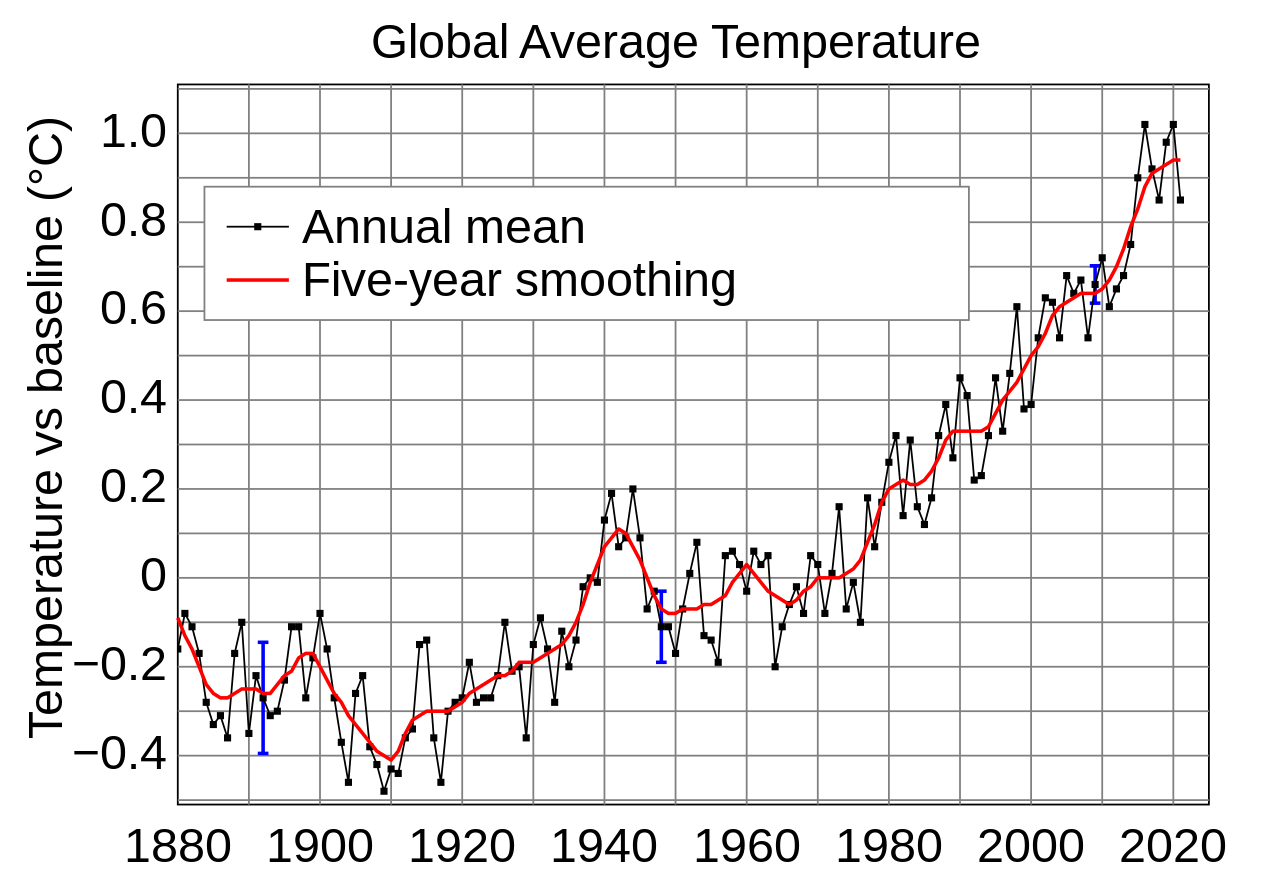
Both are problems that humanity is not focusing on enough: humans need to take action immediately.
According to the United Nations, “current lifestyles are unsustainable.” The actions humans take today, from heating their homes in winter to driving gas-fueled cars on the road, have a serious impact on the planet.
Climate change is to blame for an increase in the number of severe droughts, unpredictable storms, and more acidic oceans. Naturally, these issues have an impact on wildlife: climate change can lead to a lack of food, the destruction of animals’ homes, and more “zoonaotic diseases”.
While climate change is hardly news to most people, they act like the issue is just a normal creation of Mother Nature, when in reality, humans are just bringing this problem onto themselves. Their actions of burning of recycling go into the air and really mess with the world, causing many problems with many wide implications than they realize.
Sadly, the effects of climate change are only just getting started:
“More frequent and intense drought, storms, heat waves, rising sea levels, melting glaciers and warming oceans can directly harm animals, destroy the places they live, and wreak havoc on people’s livelihoods and communities. As climate change worsens, dangerous weather events are becoming more frequent or severe,” the World Wildlife Fund said in an article titled “Effects of Climate Change”.
One of the biggest problems that global warming and climate change leads to is the destruction of animals’ homes affects the food growth in different areas, but particularly those in which the temperature averages are, historically, much lower.
One of the most popular animals harmed by temperature change are polar bears as these animals are struggle to find food and seek shelter. In Antarctica, the temperature rise is causing ice caps and glacial structures to melt – these are the very foundations on which polar bears live, so they have no shelter to rest on, or keep their babies safe.
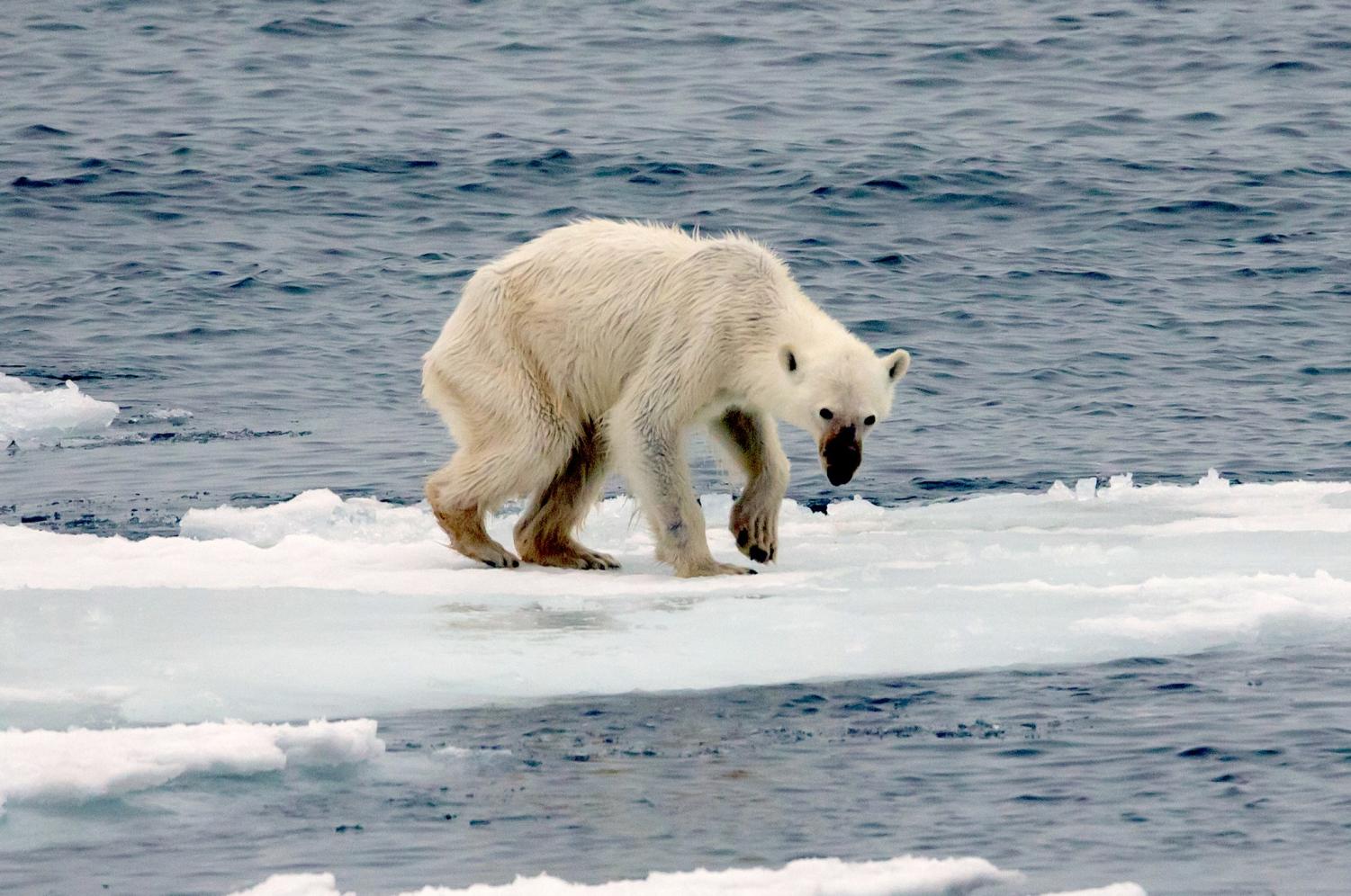
Another problem these bears face is the lack of food. As climate change affects the Antarctic, the polar bears’ main prey, the seal, has shifted its own habitat, and sought other waters for food.
Of course, there are many animals, such as pandas, tigers, snow leopards, and more, all going through the same crisis as polar bears. These animals are all important in the food chain, so if one of them is taken out of the ecosystem, the entire foundation can crash. In other words, climate change and global warming are bound to produce even more problems in the wild. If this path of destruction continues, humanity may see more extinctions soon.
More than ever, humans should start focusing more on protecting the planet. Changes in the climate and overall temperature of the earth are no joke: if the current trajectory does not stop, then who knows how the world will turn out in the future? These issues are hurting people’s homes, Earth’s landscapes, food sources, animals’ habitats, and humanity itself. People cannot keep letting climate change and global warming wreak havoc. The newer generation does not even realize their future is stripped right away.
Moving forward, the government and other higher-ups need to focus on efforts designed to protect the planet, and specifically, endangered animals affected by climate change and global warming. However, there are easy steps high school students can take to help:
- Recycle. Recycling is an easy way to make the world a better place; reusing items helps reduce greenhouse gas emissions, which, for both the earth and wildlife is a good thing
- Walk, bike, or take a train instead of driving. Cars usually burn diesel or gasoline, which pollute the environment. Choose a different type of transportation to reduce greenhouse gas emissions.
- Donate money to organizations such as the World Wildlife Fund or Polar Bears International.



